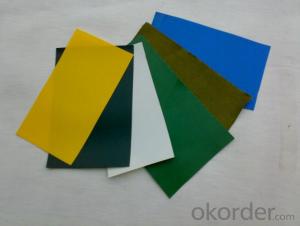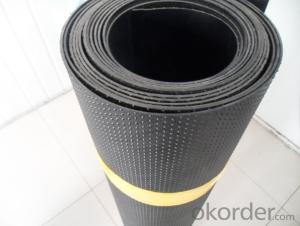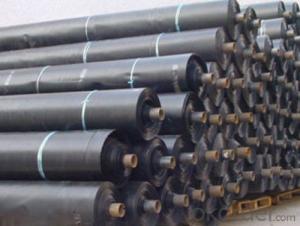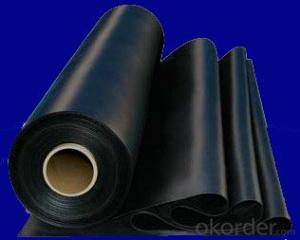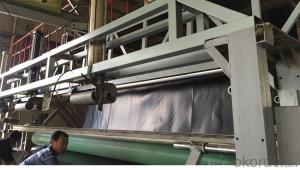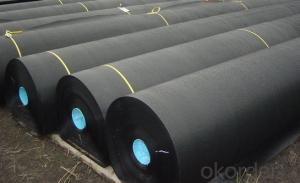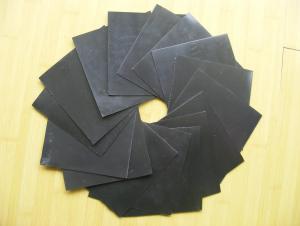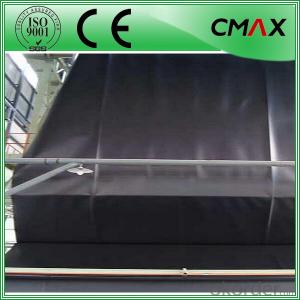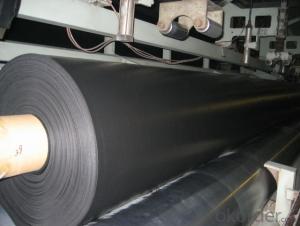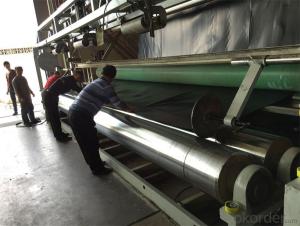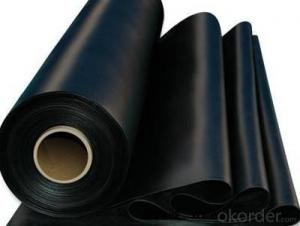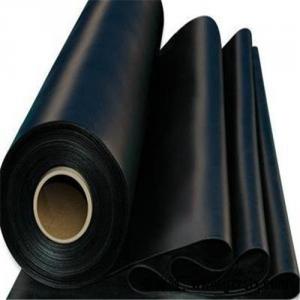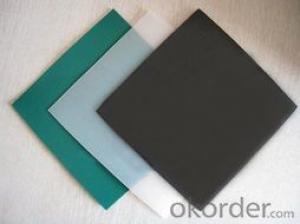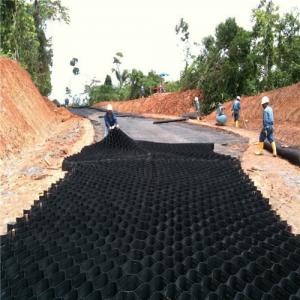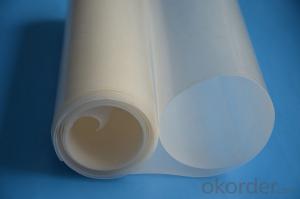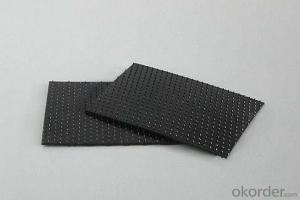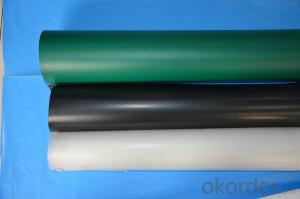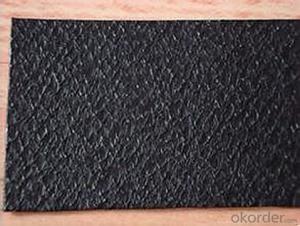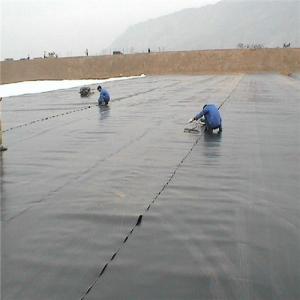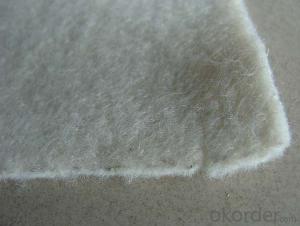Cooley Geomembrane
Cooley Geomembrane Related Searches
Blu Ray Player With Internet Geomembrane In Pakistan 30 Mil Pvc Geomembrane Pvc Geomembrane Specifications Pvc Geomembrane Geomembrane Machine Plastic Geomembrane Nonwoven Wallpaper Geomembrane Material Geomembrane FabricHot Searches
Geomembrane For Sale China Pvc Geomembrane China Geomembrane Roll Sheet Hdpe Geomembrane Sheet Price Hdpe Geomembrane China China Geomembrane Geomembrane China Hdpe Geomembrane Price Geomembrane Price Wholesale Hdpe Geomembrane Roll Geomembrane Factory Wholesale Liner Hdpe Geomembrane Wholesale Geomembrane Hdpe Wholesale Hdpe Geomembrane Geomembrane Market Size Wholesale Hdpe Geomembrana Wholesale Liner Geomembrane Geomembrane Liner Supplier Wholesale Geomembrane China Pvc GeomembraneCooley Geomembrane Supplier & Manufacturer from China
Okorder.com is a professional Cooley Geomembrane supplier & manufacturer, offers integrated one-stop services including real-time quoting and online cargo tracking. We are funded by CNBM Group, a Fortune 500 enterprise and the largest Cooley Geomembrane firm in China.Hot Products
FAQ
- nan
- The soft film ceiling is generally used in the large space. So for the home decoration, it is hardly ever used except the villa.
- nan
- Corner connections of geomembrane generally has two ways; one is using [136] glue (film thickness is less than 0.8), another is using professional [ac0772] welding machine (film thickness is larger than 0.8). Of course, it depends. The construction site is also very important, if it is concrete [6164] road surface, then corners can be directly connected to the corners, lapping 20 cm or so, paving two layers of concrete directly on the surface. When it comes to pool, the best advice would be heatsealing welding, because it is more reliable. If it is a small area, then we can use geomembrane dedicated glue.
- nan
- And according to the professional ophthalmologist, although the brightness of the mobile phone screen itself is enough, the display effect is affected after pasting the film on the screen, and the film itself will also have greater wear after a long-term use which further affect the display effect. They will aggravate the visual fatigue of the users for staring at mobile phone screen in a long time, which will damage the user's vision.
- Geomembranes help with water conservation by acting as a barrier to prevent water seepage, evaporation, and contamination. They are used in various applications such as reservoirs, ponds, and irrigation systems to effectively store and retain water, reducing the need for additional water resources. Additionally, geomembranes also aid in controlling soil erosion, thus minimizing water loss due to runoff. Overall, their use promotes sustainable water management practices and helps conserve this precious resource.
- Yes, geomembranes can be used for agricultural irrigation ponds. They are often used to line and secure the ponds, preventing leakage and ensuring efficient water storage and distribution for irrigation purposes.
- Yes, geomembranes are generally resistant to bacterial growth due to their impermeable and non-porous nature, which creates a barrier preventing the infiltration of bacteria.
- nan
- Reduce glare for extra comfort. It can block more than 99% of ultraviolet rays. It can make you fully enjoy the sun while prevent the family from glare and ultraviolet harassment. Its specific anti-scratch coating can make the film more durable in use. It can prevent the furniture from fading in color and reduce the high cost of air conditioning. It is energy saving and environment friendly, and can reduce the high electricity bills caused by air conditioning and heating. It can deaden ultraviolet rays intrusion, and protect indoor objects from fading in color and aging. It can filter hard light and reduce glare, and protect the skin and vision. It can increase the glass strength, reduce personal injuries and protect property, and build invisible protective screening. With one way vision and privacy protection, it can make you enjoy cozy, quiet and comfort in your living space. Improve the architectural appearance and beautify the indoor living environment. It is easy to paste and clean, and friction resistant without the need of special maintenance. It is economical and practical, and doesn't fade in color with no bubbles and long service life.
- When selecting a geomembrane for oil and gas pipeline protection, there are several important considerations to take into account. Firstly, the geomembrane should have excellent chemical resistance to withstand the potential exposure to various substances used in the oil and gas industry. This includes resistance to hydrocarbons, solvents, and other chemicals that may be present in the pipeline environment. Secondly, the geomembrane should possess high tear and puncture resistance to provide effective barrier protection against external factors such as rocks, roots, and other sharp objects that could potentially damage the pipeline. Thirdly, the geomembrane should have good flexibility and elongation properties to accommodate any ground movements or settlement that may occur, ensuring the integrity of the pipeline and preventing leaks or ruptures. Additionally, factors such as UV resistance, installation ease, and cost-effectiveness should also be considered when selecting a geomembrane for oil and gas pipeline protection. Overall, the chosen geomembrane should be able to withstand the harsh conditions and potential risks associated with oil and gas pipelines, providing reliable and long-lasting protection for the infrastructure.










